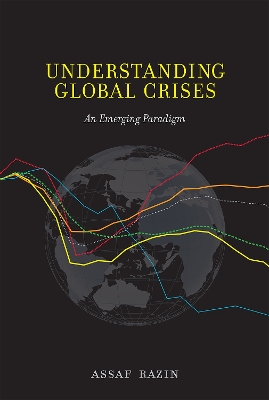A historical and theoretical investigation of the "common storylines" of recent financial crises.
Financial crises have some common storylines, among them bursting asset bubbles, bank failures, sharp tightening of credit, and downturn in trade. They are also different from one another. Some start with sudden reversal of international capital flows, others with domestic credit implosions. A challenge to economic research is to integrate common as well as disparate threads into a coherent analytical framework that is at the same time empirically testable. In Understanding Global Crises, Assaf Razin offers a review of an emerging paradigm that is consistent with the key features of recent global financial crises. This paradigm presents in a transparent way basic analytical elements of the theories of financial and monetary crises and how these elements fit together in macroeconomic analysis of global crises.
Razin surveys the credit implosion that led to a severe banking crisis in Japan in the 1990s, the Asian financial crisis that began in 1997, the global meltdown of 2008, and the Euro-zone crisis. He reviews the analytics of financial fragilities, credit frictions, currency crises, and balance of payments crises, and addresses international capital flows with information frictions. He then presents key developments in the New Keynesian analytical framework by examining the surge of re-modeling efforts aimed at the development of an analytical framework to underpin monetary and fiscal policy in the post-2008 economic era.
- ISBN10 026202859X
- ISBN13 9780262028592
- Publish Date 12 December 2014
- Publish Status Transferred
- Publish Country US
- Publisher MIT Press Ltd
- Imprint MIT Press
- Format Hardcover
- Pages 256
- Language English
- URL http://mitpress.mit.edu/9780262028592
